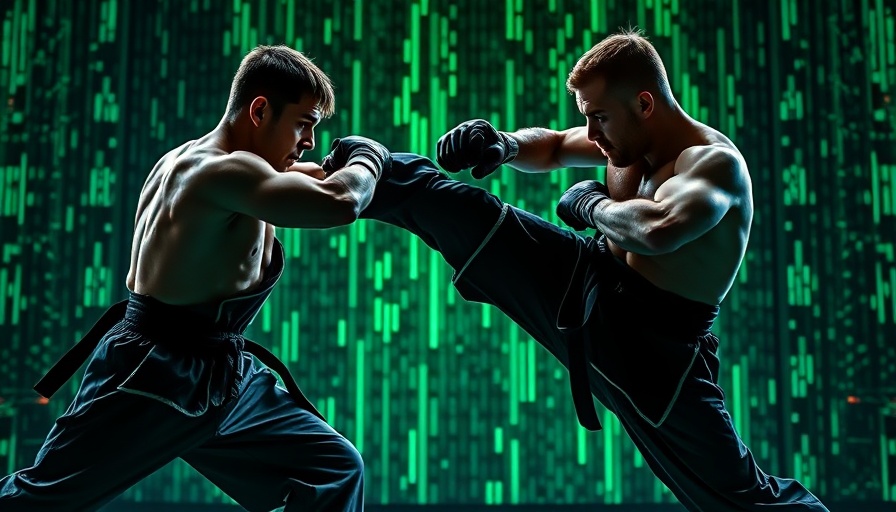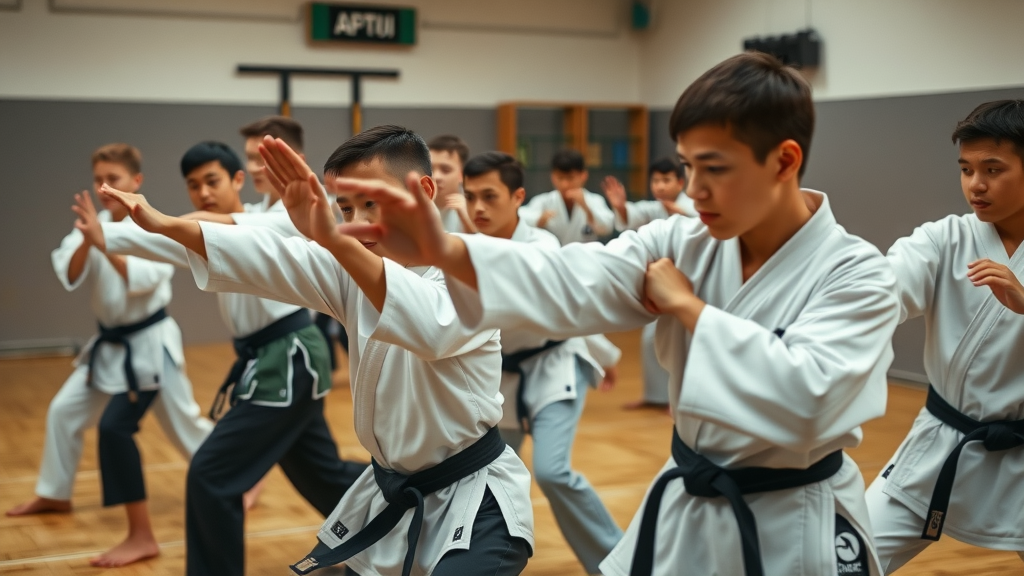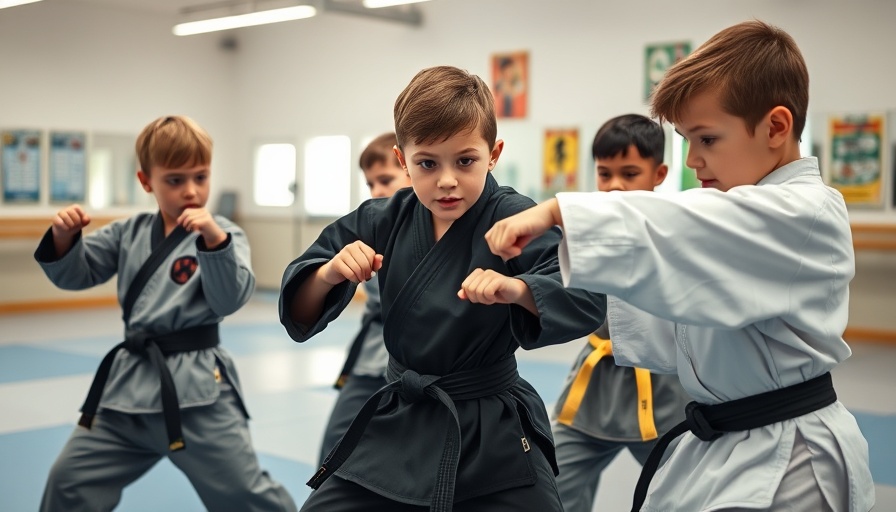
Understanding the Core of Martial Arts Fundamentals
For anyone stepping onto the mat, the term "fundamentals" often buzzes with significance. But what do we mean when we talk about the fundamentals of martial arts? After diving deep into various perspectives from respected martial artists, it becomes clear that these essentials can take on multiple interpretations. This article explores the five prominent views of martial arts fundamentals that every student should understand, creating a kaleidoscopic vision of what it means to master martial arts.
1. Fundamentals as Basic Techniques: The Foundation to Build On
The most widely accepted view aligns with the idea that martial arts fundamentals consist of a foundational set of techniques. These are the building blocks upon which more complicated movements and strategies are layered. Many schools, such as Kukkiwon in Taekwondo, emphasize mastering basic movements like punches and kicks before advancing. This approach echoes the thoughts of martial arts icons, including Bruce Lee, who believed that understanding and honing essential techniques contributes significantly to overall combat effectiveness.
2. Principles of Play: The Underlying Dynamics of Techniques
Another perspective reframes the fundamentals as principles or concepts that guide martial arts interactions. Think of this like the "rules of engagement" in a fight. Influential figures like Matt Thornton advocate for a view that transcends mere techniques, urging us to consider the principles that govern successful engagement, such as balance, timing, and spatial awareness. Whether we are executing a strike or escaping a hold, these principles dictate the performance of techniques and therefore form the foundation of effective practice.
3. Basics Plus Principles: A Comprehensive Approach
John Danaher, known for his strategic insights across martial arts, takes a more in-depth approach, positing that fundamentals intertwine basics with abstract concepts. His hybrid model encourages practitioners to layer skills with strategic thought, thereby transforming basic skills into tactical advantages. This allows martial artists to adapt to different combat scenarios while utilizing both technique and overarching strategies for a competitive edge.
4. Functional Movement Skills: Adapting to Environment and Situation
Emerging from modern sports science, functional movement skills (FMS) offer yet another lens through which to view fundamentals. This viewpoint suggests that martial arts skills must change and adapt based on practical experiences and environments. The ecological approach promotes the idea that martial arts are more than rote movements; they are situationally flexible and responsive to the ever-evolving dynamics of combat.
5. Necessary Strategic Attributes: Core Qualities for Success
Finally, Scott Sievewright highlights the strategic attributes necessary for success in martial arts. Instead of a checklist of techniques, Sievewright focuses on qualities like vision, balance, and distance management. These are the innate abilities a fighter must develop to navigate encounters effectively. The beauty of this view lies in its recognition that the essence of martial arts extends beyond mere techniques to include mental and physical attributes that facilitate success.
Embracing Diverse Perspectives on Fundamentals
As we reflect on these five views of martial arts fundamentals, it is essential to appreciate that mastery in martial arts is multi-faceted. What one practitioner deems fundamental may differ drastically from another’s perspective. By exploring these diverse interpretations, students can enhance their training regime, ensuring they are not only proficient in techniques but also intelligent and adaptable fighters.
Putting Insights into Practice: What This Means for You
As martial artists, we can benefit greatly from understanding these perspectives. Whether you’re a beginner or an experienced practitioner, incorporating these views into your training can lead to deeper insights and mastery. Engaging with diverse interpretations encourages a holistic approach that extends beyond the dojo—enhancing personal development, discipline, and resilience. Remember, as with life, martial arts is a journey of continuous growth and learning.
Ready to deepen your martial arts training? Sign up today for a free trial class at your local dojo and discover the transformative power of martial arts!
 Add Row
Add Row  Add
Add 








Write A Comment